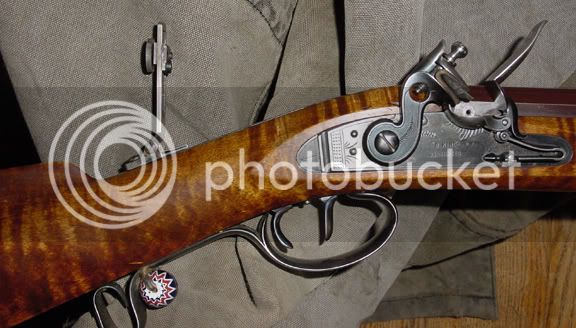Robbo: WADR to you as a hunter, and freely admitting I have never been to Australia, much less hunted there, the problems you are describing occur everywhere.
Years ago, when I was very young, and had almost NO experience hunting with a gun, I had three Magazines show up in my mail on the same day. It was in September, and all three magazines had their " Hunting issues " for that month. I picked up the first magazine, the American Rifleman, and read a fine story about a man who hunted Antelope in Wyoming, with a flat shooting, high powered Magnum rifle, and killed a nice antelope at over 300 yard with it. He advised that to hunt Antelope,you need a gun that was absolutely accurate at 300 yards, zeroed at that distance, and you then needed to know how it shot all the way out to 500 yards, if you expected to kill and antelope. THIS, I THOUGHT, WAS A VERY DIFFICULT ANIMAL TO HUNT.
Then I opened my Muzzle Blasts, and lo and behold, there was a story about two men hunting Antelope In Wyoming, using --GOSH!-- flintlocks, with open sights. Two antelope were taken on consecutive days, both trophy class animals. The two men glassed the animals, established a stalk plan, and crawled along cut banks and gullies to get within 70 and 35 yards respectively of the animals they shot. One shot kills for both "lopes.
NOW, THAT SOUNDED LIKE HUNTING TO ME!
Then I opened my Traditional Bowhunting magazine, and lo and behold, some more antelope hunting in Wyoming, this time with primitive " stick " or straight limbed bows. I think the arrows were aluminum, and the broadheads where made of steel, but there were no ropes, and pulleys and wheels, nor some of those funny looking sighting pins, on this bow. The man set up a blind at a watering hole, and waited all day for a antelope buck to come within 25 yards of his blind, and took the shot. One arrow, one antelope.
MADE ME FEEL ASHAMED ABOUT THAT 70 yard shot the one flintlock shooter took at his antelope!
Years later, a good friend of mine booked an Antelope hunt in Wyoming, on some ranch, paid a lot of money, took his high powered wondergun with scope, and shot his antelope- a very respectable set of horns on that mount if I may say so- with one shot. The guide who helped him with his stalk told him, after he filled his tag, some of the derrogatory names local Wyoming ranchers,and cowboys have for the antelopes. "Sage rabbits" was one I still remember. He told Herb that they don't eat them-- don't even consider them fit to eat-- and they shoot them all the time with their .30-30 winchester lever action rifles, sans scope, that they carry in the rack in the back of their pickups. They leave them for the vultures, and coyotes. The ranchers consider the antelope to be competition for the limited water and grass they have for raising cattle, and don't want them on their range.
So, I suspect all this has to do with perspective. If you are not dressed for, nor experienced at crawling through brush and grass to close the distance on an animal, and are not inclined to learn to do so, at your age, well, then you need a scope sight on your musket and a gun zeroed at 200 yards. I would recommend using a conical bullet rather than a round ball to be shooting animals at 200 yards and over, because the ball just doesn't have much gas left to do much of anything after 200 yards, depending on caliber. Also, the trajectory on all Black Powder ammo becomes so steep, that you MUST own and use a range finder before trying those shots.
When men took long shots at enemy soldiers, Or at varmints, as has been mentioned above, it does not matter if you simply wound an enemy soldier, or a varmint. Varmints are pests, and enemy soldiers are the enemy. In fact, wounding an enemy makes the enemy commanders have to decide if they are going to try to use other soldiers to remove the wounded man from the field, or risk morale problems with their troops if they leave him to bleed to death. If he decides to remove the wounded soldier from the field of fire, it takes at least 2, and sometimes 4 soldiers off the battle field with the wounded man, reducing the number of enemy soldiers you have to fight. That is why a wounded or missing in action, or dead soldier is always counted as a " Casualty " by the military, because military commanders are more concerned with how many combat soldiers they have ready and available to send against an enemy.
With varmints, which are pests, and can be destroyed almost any time of year, it is of little concern if an animal is wounded and gets away to bleed to death in a den. That is one less pest.
No one wants to treat game animals that way, however.








